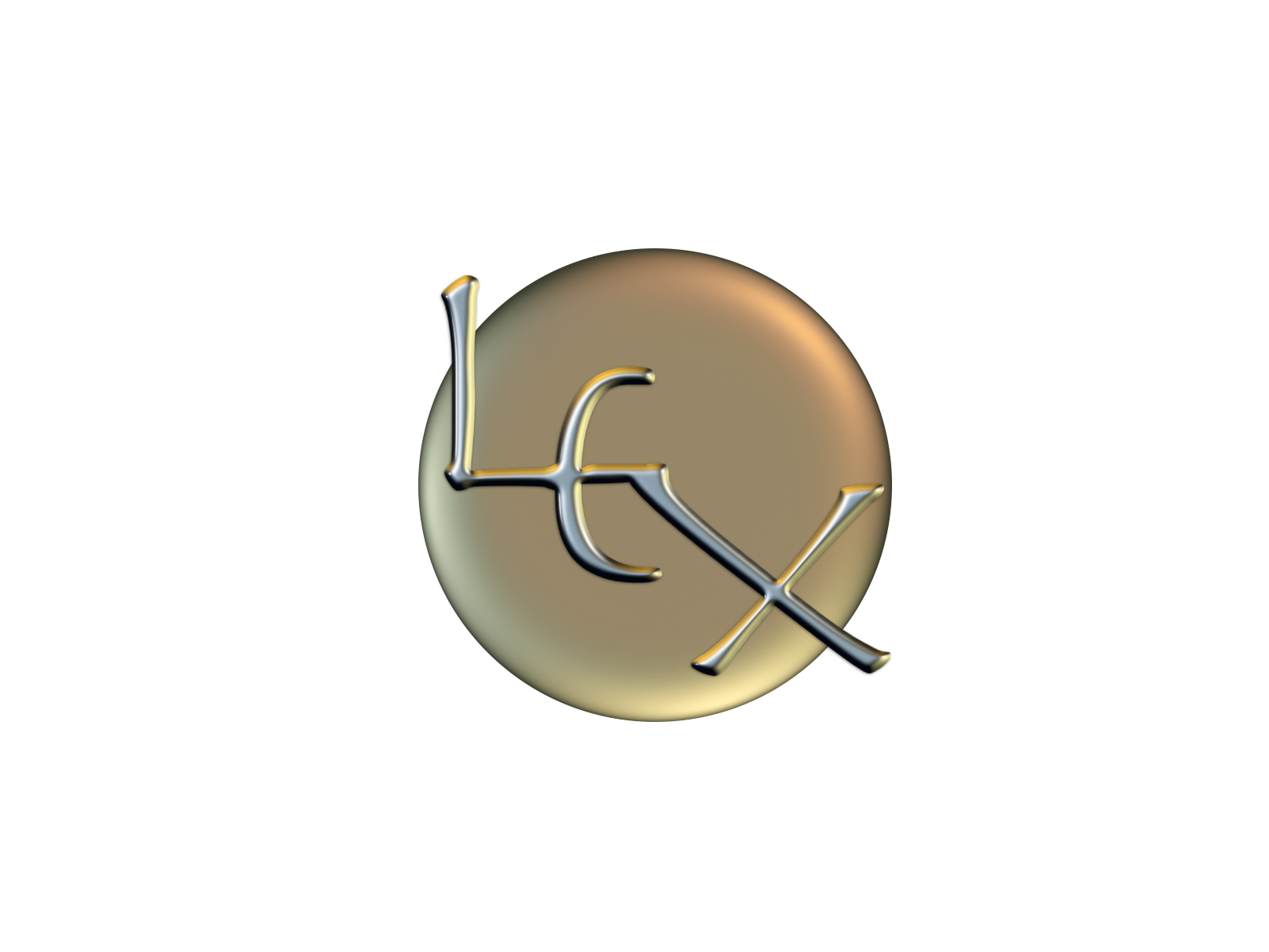I've been studying with Rosemary, 11, or more than half of her life. She is homeschooled, so her parents and I are the source of the only literacy instruction she's ever had. She can read anything, and she's growing into a remarkable writer who enjoys spontaneous compositions and genre-bending proems.
My favorite thing about Rosemary, though, is how deliberately curious she is. She will often pop off with a word question during the day, and her parents will encourage her to save it for discussion in one of our sessions. In recent months, she's asked about the words perpendicular, alto~altimeter~altitude, the name of the letter < w >, and whether adjectives, like nouns, can be both abstract and concrete.
Given the choice to take the summer off or to continue our studies, Rosemary opted to continue. Like I said, she's a curious kid.
Earlier today, she had a question about the spelling of the plural of sky, and asked if we could study it. We did, and that led us to a discussion of English's two < -(e)s > suffixes: the default plural marker for nouns, and the third person singular present tense marker for verbs. Orthographically speaking, both suffixes behave the same way. I gave Rosemary and her parent a quick rundown of when we need that < e > to surface, and I suggested that we'd finish up another time.
Now, as coioncidence would have it, a different one of my clients sent me some information she had found in one of the erroneous, blabberific SWI groups on Facebook, about this very topic: when do we use an < -es > versus just a plain < -s >? And, true to form, the Facebook post is full of falsehoods, and refers to external materials that are also full of nonsense, and there are comments with false or incomplete information that are just allowed to sit there uncorrected. Once again, the group admins don't know enough to recognize their own flawed thinking.
The posted question is "Is there a meaning[-]based explanation as to why suffix <es> is added to tomato versus suffix <s>? 'Other' sources treat it as <oe> the vowel digraph. It’s a digraph in toe and doe correct? Or is this another job of <e>, to differentiate it from <do> and <to>?"
The admin simply says refers the asker to Real Spelling, saying, "Theme 4D is all about Constructing Plurals with Final <o>... Consider purchasing a subscription if you haven't already." The thing is, that Real Spelling Theme is quite flawed and also has false and contradictory information. I took this question up with Melvyn Ramsden years ago and falsified his framework for answering the bold-faced question. He saw my proof and conceded, but never changed his materials. So people contine to quote his wrong information without questioning it. Herein, I will outline the four major problems with his analysis.
In the Facebook group comments, others provide further conjecture and bad logic, and the admin just lets it all ride. It's as though she's watching people be poisoned at her table, and doing nothing to stop it from happening.
So, then, when do we use an < -es > versus just a plain < -s >?
Here goes:
